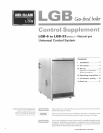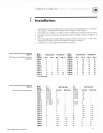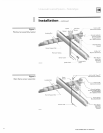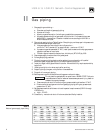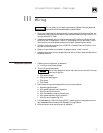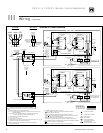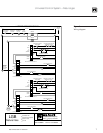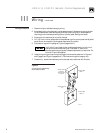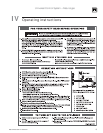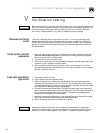
Universal Control System – Natural gas
Part Number 550-141-916/1001 5
Sequence of operation
1. Operating control begins start-up sequence.
a. Limit control contacts are closed.
2. Pilot-proving module energized.
1. All wiring must be installed in accordance with the requirements of the National Electrical
Code and any additional national, state or local code requirements having jurisdiction. All
wiring must be N.E.C. Class 1.
2. The boiler must be electrically grounded in accordance with the National Electrical Code,
ANSI/NFPA No. 70-latest edition. Use 105 °C. thermoplastic wire, or equivalent, if any of
the original wire must be replaced (except for pilot spark, sense and ground wires).
3. Canadian installations must conform to CSA C22.1 Canadian Electrical Code Part 1 and
any local or provincial codes.
4. Supply wiring to the boiler must be No. 14 gauge or heavier. Install in conduit.
5. A separate electrical circuit with a fused disconnect switch (15 amp. recommended) should
be used for the boiler.
On failure to sense pilot flame or main flame, control will wait 5 minutes
then retry for ignition.
III Wiring
For your safety, turn off electrical power supply before making any electrical
connections to avoid possible electrical shock hazard.
a. Pilot solenoid opens.
b. Pilot ignition spark begins.
c. Pilot ignites.
d. Pilot proves.
3. Main flame-proving module energized from pilot-proving module.
a. Secondary gas valve opens.
b. Main gas valve opens to low fire position.
c. Main burners ignite at low fire.
d. Main flame sensor proves low fire carryover.
e. Main gas valve opens to high fire position.
f. Main burners increase to high fire.
4. Dual base assembly (LGB-13 through LGB-23) - operating control energizes controls for
both base assemblies at the same time. See steps 1 through 3 above.
5. Boiler shuts down when operating control is satisfied.



